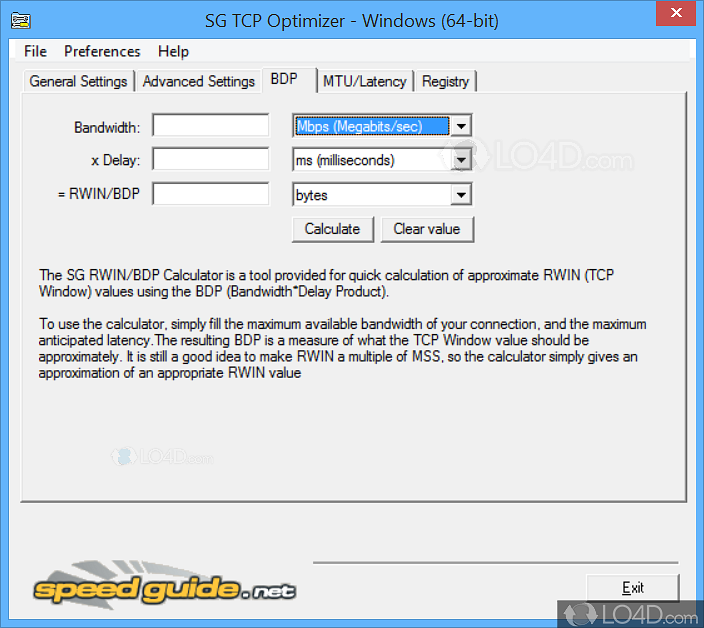

Moreover, non-dimensional EIS spectra states are introduced for correct identification of impedance-based parameter sensitivities and accurate parameter sensitivities are observed matching the frequency bands truly affected by the parameter kinetics. For discharge voltage, capacity-related and non-capacity-related parameters clearly show different sensitivity patterns at different Crates and depth of discharge regions. A commercially available NMC-graphite based lithium-ion cell is modelled and 26 physical parameters are analysed for their sensitivity. This work demonstrates a next step in improving the parameter identification accuracy by combined parameter sensitivity analysis of both discharge voltage and EIS data. Therefore, pre-analysis of parameter sensitivities to model outputs can greatly help determining the best conditions and techniques for identifying many parameters with better accuracy. However, large parameter estimation uncertainties and model complexities increase the model parameterization difficulties. Accuracy of simulations highly depend on the correct identification of parameters. Physico-chemical battery models are capable of better simulation of lithium-ion cell behaviour due to their more physically descriptive modelling approach using many physical parameters. It was shown that the stepwise approach to parameter identification results in significantly higher accuracy. Finally, a stepwise experiment is designed based on the analysis results of parameter sensitivity, and the rationality and effectiveness are also validated.

The cluster centers are special operating conditions on which the parameters in the same cluster have high identifiability. The parameters were clustered based on their sensitivity matrix with Fuzzy C-Means (FCM) method. A parameter sensitivity matrix was established to describe the parameter sensitivity under different operating conditions and the parameters were grouped according to their average sensitivity. A sensitivity analysis of up to 30 parameters was carried out using model simulation.

The model can predict both terminal voltage and surface temperature, which has the advantage that it can be readily validated by measurement. A multi-physics model for a cylindrical Li-ion battery has been developed by coupling the thermal distribution in the radial direction to an electrochemical P2D model.


 0 kommentar(er)
0 kommentar(er)
